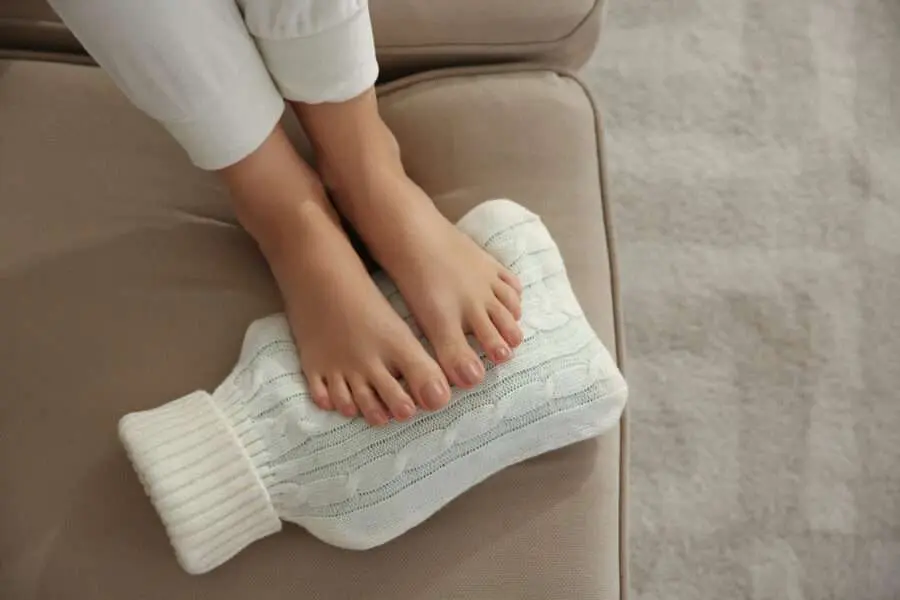
Winter’s chill can take a toll on your circulation, especially in your extremities. Healthy blood flow is essential for maintaining your body’s warmth and overall health, including your feet. Let’s explore how circulation works and how you can support it during the colder months.
How Does Blood Circulation Work?
Blood circulation starts with your heart pumping blood through a network of arteries and veins. This system delivers oxygen and nutrients to your body’s cells and carries away waste. After the oxygen-depleted blood returns to your heart, it’s sent to the lungs to be replenished and begin the cycle again.
Each type of blood vessel plays a specific role. Arteries have thick, elastic walls to maintain steady blood flow, while veins, with their thinner walls, have small valves to prevent backflow. This system ensures proper circulation regardless of whether you’re standing, sitting, lying down, or even upside down.
Blood is more than just a delivery system—it carries hormones, supports healing by transporting cells for tissue repair, and delivers white blood cells to defend against infections.
When circulation is disrupted, such as in cold weather, your body’s balance can be affected, with noticeable consequences for your extremities.
How Does Cold Weather Affect Circulation?
Cold temperatures can lead to heat loss in exposed areas like your hands, face, and feet. To counteract this, your body goes into preservation mode, which directly impacts circulation.
Blood vessels constrict to retain heat, a process called vasoconstriction. While this helps maintain core body temperature, it forces your heart and arteries to work harder, which can increase blood pressure—a strain for those with heart conditions. Reduced blood flow to your extremities can also cause numbness and, in extreme cases, frostbite. Skin may turn pale, become hard, or even blister. If you notice these symptoms, it’s important to consult your podiatrist promptly to care for your feet.
Tips to Protect Your Feet from the Cold
Water makes up a large portion of your blood, so staying hydrated is key to maintaining healthy circulation. Drink water regularly, even if you don’t feel thirsty. If you’re heading outside, keep your skin moisturized with a good foot cream to strengthen your skin’s barrier and protect against the cold. Choose breathable socks to prevent sweat from cooling your feet, and layer them with warm wool socks for extra insulation. Make sure your boots have thick, well-insulated soles to trap heat effectively. Once you’re outdoors, staying active can help keep your blood flowing and your feet warm.
If your feet get too cold, a warm foot bath can help restore circulation. Add bath salts to soften your skin, and follow up with a gentle exfoliation if needed. Always finish with a hydrating cream to lock in moisture after drying your feet.
For outdoor athletes, warming up with light cardio exercises before braving the cold can boost your circulation and help your body adjust to the temperature.
Enjoying Winter with a Foot Condition
If you have a foot condition like joint pain, Raynaud’s disease, or diabetic foot, winter might feel especially daunting. A podiatrist can help you navigate the season by recommending suitable footwear, providing in-clinic foot care, and offering tips to stay active and healthy. Consult PiedRéseau’s list of podiatry clinics to schedule your next visit.